Python
The Burmese Python is a large snake species found in Southeast Asia. They are known for their impressive size, with females growing longer than males. As non-venomous constrictors, they wrap their bodies around their prey to suffocate and consume them whole. These pythons can reach lengths of over 20 feet and weigh more than 200 pounds. They primarily inhabit forests, swamps, and grasslands, often near water sources.
Their diet includes birds, mammals, and reptiles. Due to habitat destruction and the pet trade, wild populations face threats. However, in regions like Florida, they have become an invasive species, disrupting local ecosystems.

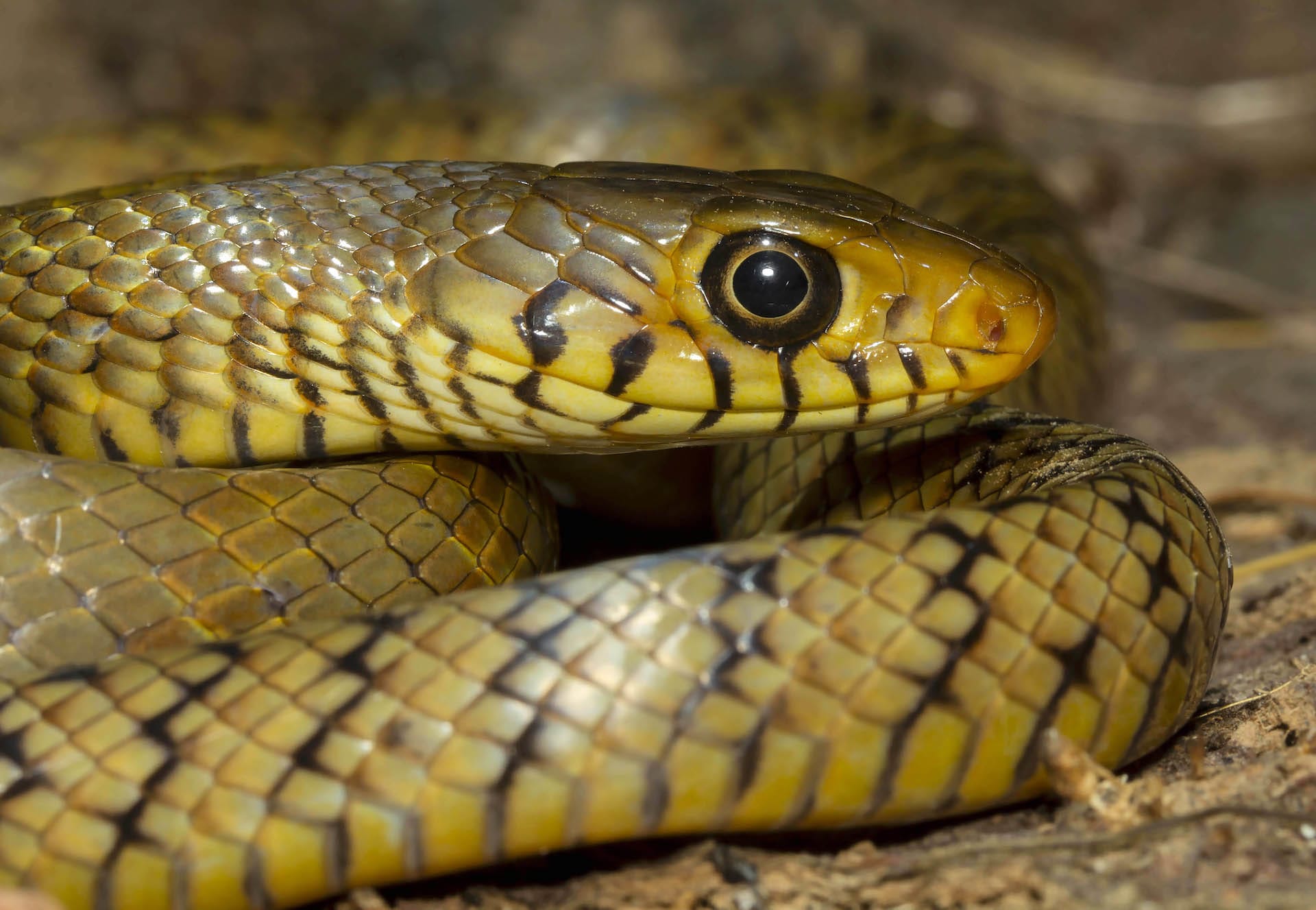
Indian Rat Snake
The Indian Rat Snake is a non-venomous snake species found throughout the Indian subcontinent. It is a slender snake with a distinctive pattern of brown or gray scales. The Indian Rat Snake is an excellent climber and feeds primarily on rodents and birds.
The Patna Zoo provides a dedicated enclosure for the Indian Rat Snake, showcasing this non-venomous species found in the Indian subcontinent. Visitors can observe its agile movements and learn about its role in maintaining ecological balance by controlling rodent populations. Despite its intimidating appearance, the Indian Rat Snake is harmless to humans and plays a vital role in the ecosystem.
Red Sand Boa
The Red Sand Boa, commonly called the Indian Sand Boa, is a non-venomous species found throughout the dry parts of the Indian subcontinent. Its appearance is unique, often mistaken for being double-headed due to its blunt tail. This snake plays a crucial role in maintaining ecological balance by controlling rodent populations.
However, it faces severe threats from illegal wildlife trade driven by superstitions, as some believe it brings wealth and good fortune. Patna Zoo provides a safe and conducive environment for this species, frequently rescuing and rehabilitating Red Sand Boas from different parts of Bihar, ensuring their survival and protection.
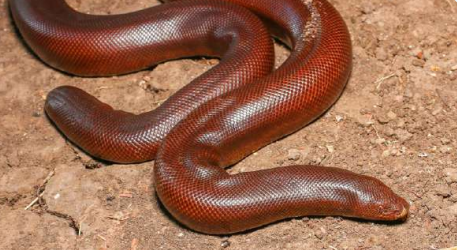
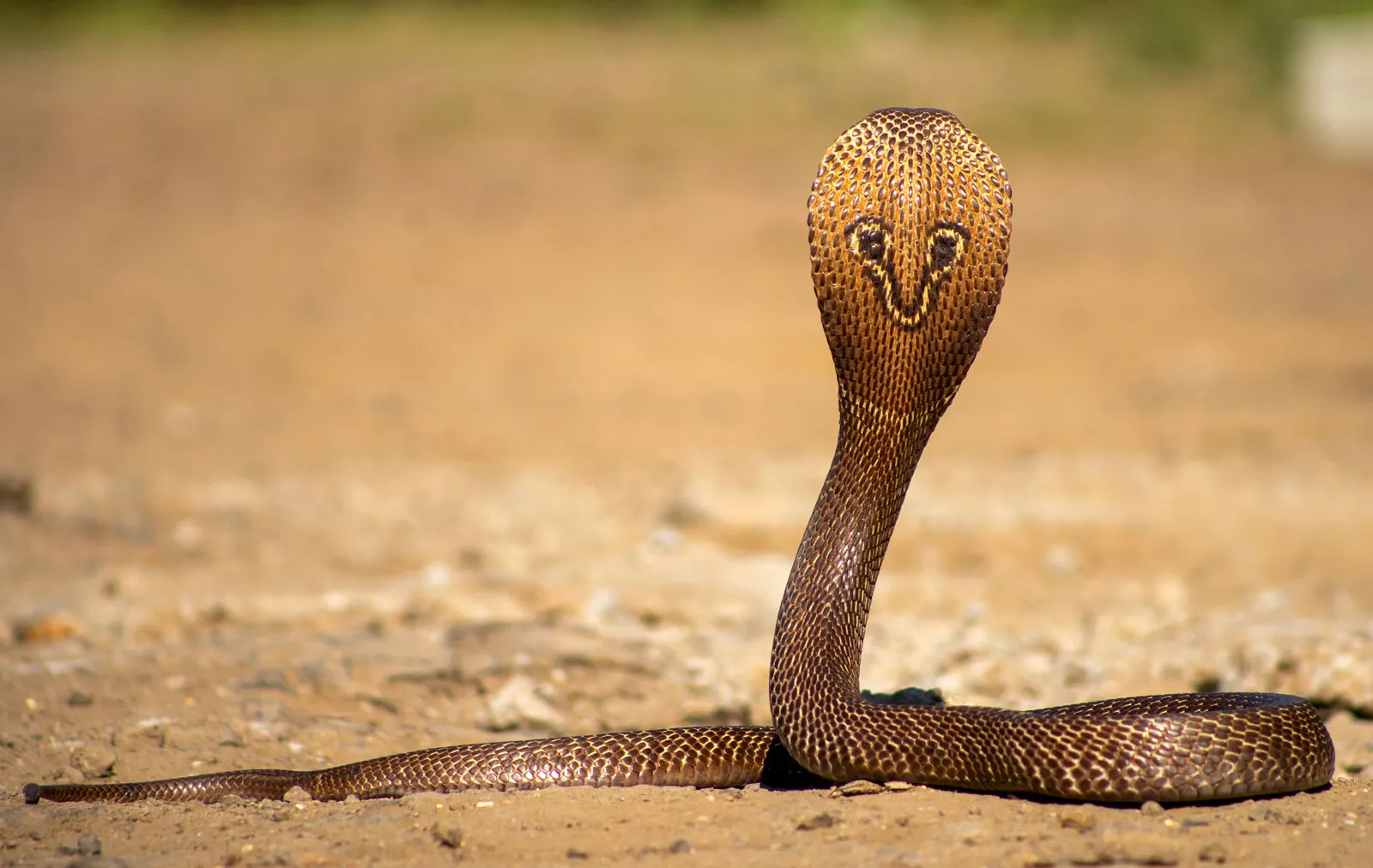
Spectacled Cobra
The Indian Rat Snake is a non-venomous snake species found throughout the Indian subcontinent. It is a slender snake with a distinctive pattern of brown or gray scales. The Indian Rat Snake is an excellent climber and feeds primarily on rodents and birds.
The Patna Zoo provides a dedicated enclosure for the Indian Rat Snake, showcasing this non-venomous species found in the Indian subcontinent. Visitors can observe its agile movements and learn about its role in maintaining ecological balance by controlling rodent populations. Despite its intimidating appearance, the Indian Rat Snake is harmless to humans and plays a vital role in the ecosystem.
Common Sand Boa
The Common Sand Boa is a snake species found in arid regions of South Asia. They have a cylindrical body, a short tail, and eyes positioned on the top of their head. Common Sand Boas are non-venomous and primarily feed on small mammals and birds. Patna Zoo has a dedicated enclosure for the Common Sand Boa, where visitors can observe and learn about this fascinating snake species.
At Patna Zoo, educational boards and guided tours help visitors understand the importance of sand boas in the ecosystem. These snakes play a crucial role in controlling rodent populations, thus maintaining ecological balance.
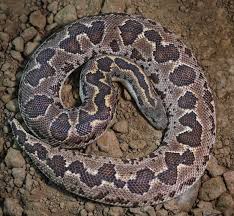
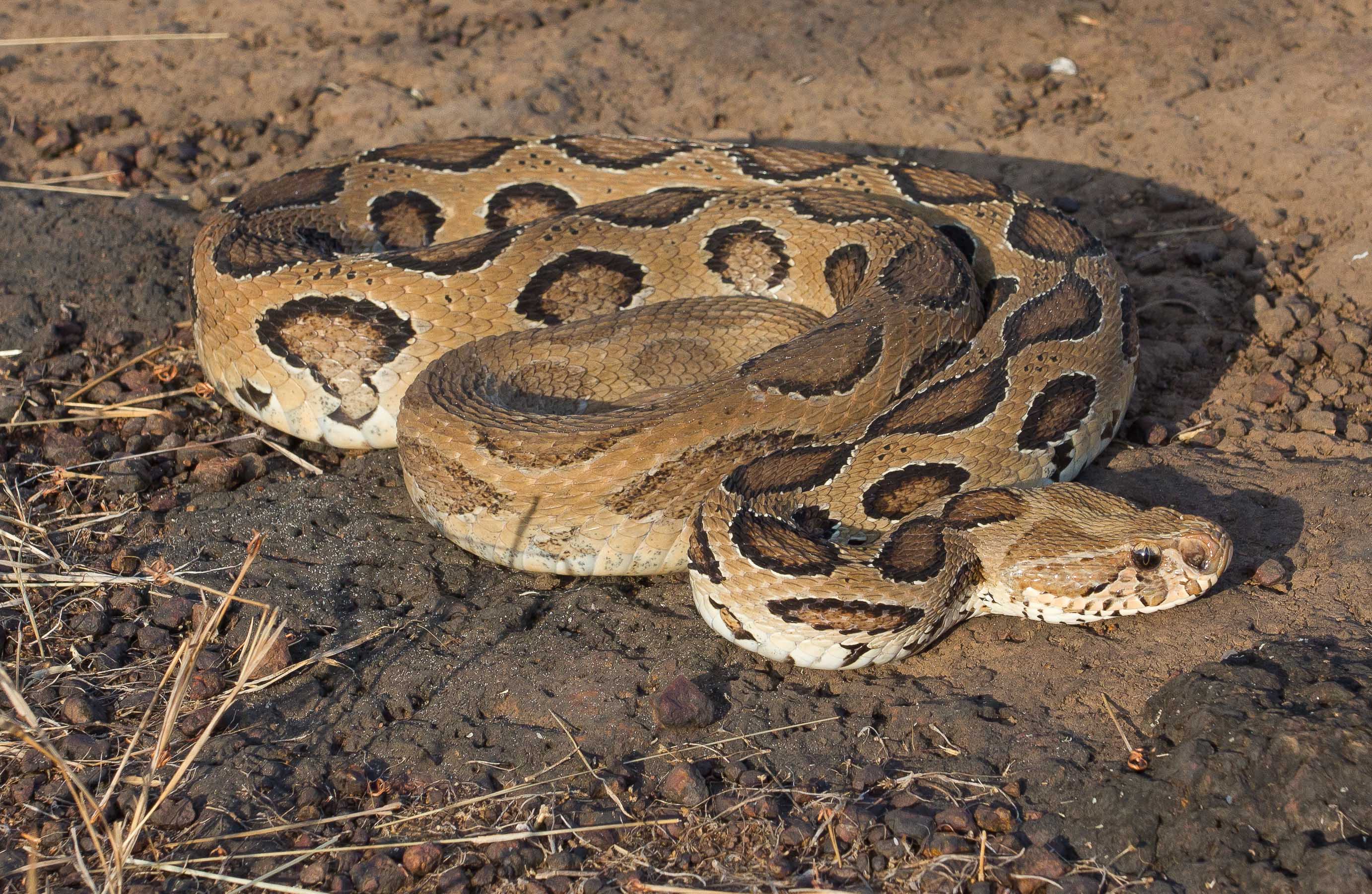
Russell's Viper
Russell's Viper is a venomous snake found in various parts of Asia. It is known for its distinctive appearance, with a stout body and a triangular-shaped head. This snake is responsible for a significant number of snakebite incidents in its range.
Patna Zoo houses a dedicated enclosure for Russell's Vipers, where visitors can observe and learn about these venomous snakes. The enclosure provides a safe and controlled environment for the vipers, ensuring both public safety and conservation efforts. Informational displays educate visitors about their habitat, behavior, and the importance of snake conservation. The zoo also conducts awareness programs to highlight the significance of these reptiles in the ecosystem.
Explore the world of Animal
Snake World
Enter a mesmerizing world of snakes at Patna Zoo and discover their incredible diversity
Explore their unique habitats and learn fascinating facts about these amazing reptiles.
Details About Indian Snakes
| Attribute | Details |
|---|---|
| Weight | Varies widely depending on species — for example, large pythons can weigh over 50 kg, while smaller species like rat snakes weigh just a few kilograms. |
| Length | Lengths range significantly, from around 3 to 4 feet for smaller species like Indian Rat Snakes to over 20 feet for large pythons. |
| Diet | These snakes have diverse diets — they feed on rodents, birds, frogs, lizards, and other small animals, with pythons even preying on larger mammals. |
| Lifespan | In the wild, their lifespans typically range between 10 to 30 years, depending on species and environmental conditions. |
| Conservation Status | Conservation statuses vary — some species like the Indian Rat Snake are considered Least Concern, while others like the Red Sand Boa face localized threats due to habitat loss and illegal trade. |
| Population in the Wild | Populations vary — some species are still relatively abundant, while others face declining numbers due to habitat destruction, poaching, and human conflict. |
